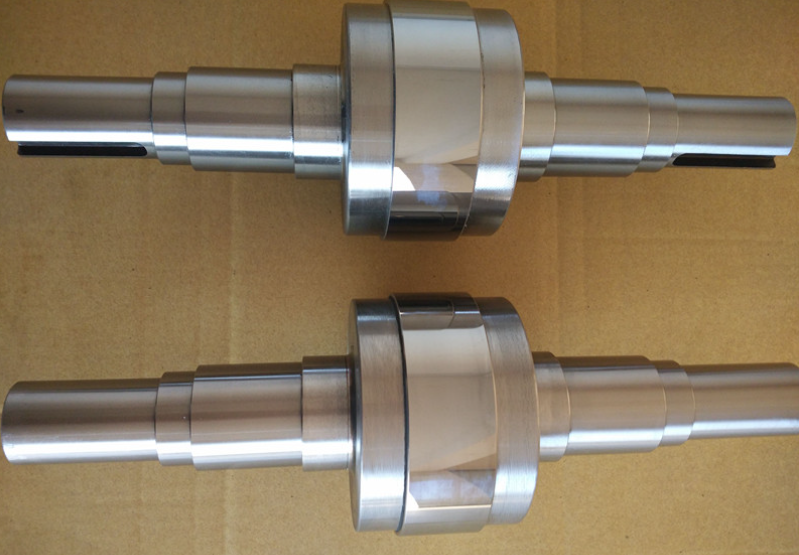In recent years, tungsten carbide roller have been more and more widely used in steel production with its excellent performance. However, there are still several problems in the production and use of tungsten carbide rolls as follows:

(1) Research and development of new carbide composite roll shaft material. As the steel rolling industry continues to put forward new and higher requirements for rolls, the conventional ductile iron roll material will be difficult to withstand the greater rolling force and transmit greater torque, for this reason, it is necessary to develop high-performance carbide composite roll material.
(2) In the manufacturing process of composite rolls, the residual thermal stress between the inner layer metal and outer layer carbide due to thermal expansion mismatch must be reduced or eliminated as much as possible. Cemented carbide residual thermal stress is a key factor affecting the service life of composite rolls, therefore, the coefficient of thermal expansion difference between the selected inner metal and outer layer of cemented carbide should be as small as possible, while considering the possibility of heat treatment of the roll ring to eliminate residual thermal stress.
(3) Since the rolling force, rolling moment and heat conduction properties are different in different stands, different grades of carbide rolls should be used in different stands. In the design process of carbide roll material, it is necessary to ensure the reasonable matching of strength, hardness and impact toughness of rolls, and a database of thermal property parameters of different alloy grades of materials should be established to realize the optimization of roll material design by using computer.
(4) Due to the rolling process, carbide roll wear is not only affected by external conditions such as temperature, rolling pressure and thermal shock load, but also by internal factors such as the existence of a complex physicochemical reaction between the hard phase WC and the adhesive phase Co/Co-Ni-Cr. This makes the wear situation even more complex. For this reason, it is necessary to strengthen the research on this aspect of the mechanism.

Post time: May-07-2023









